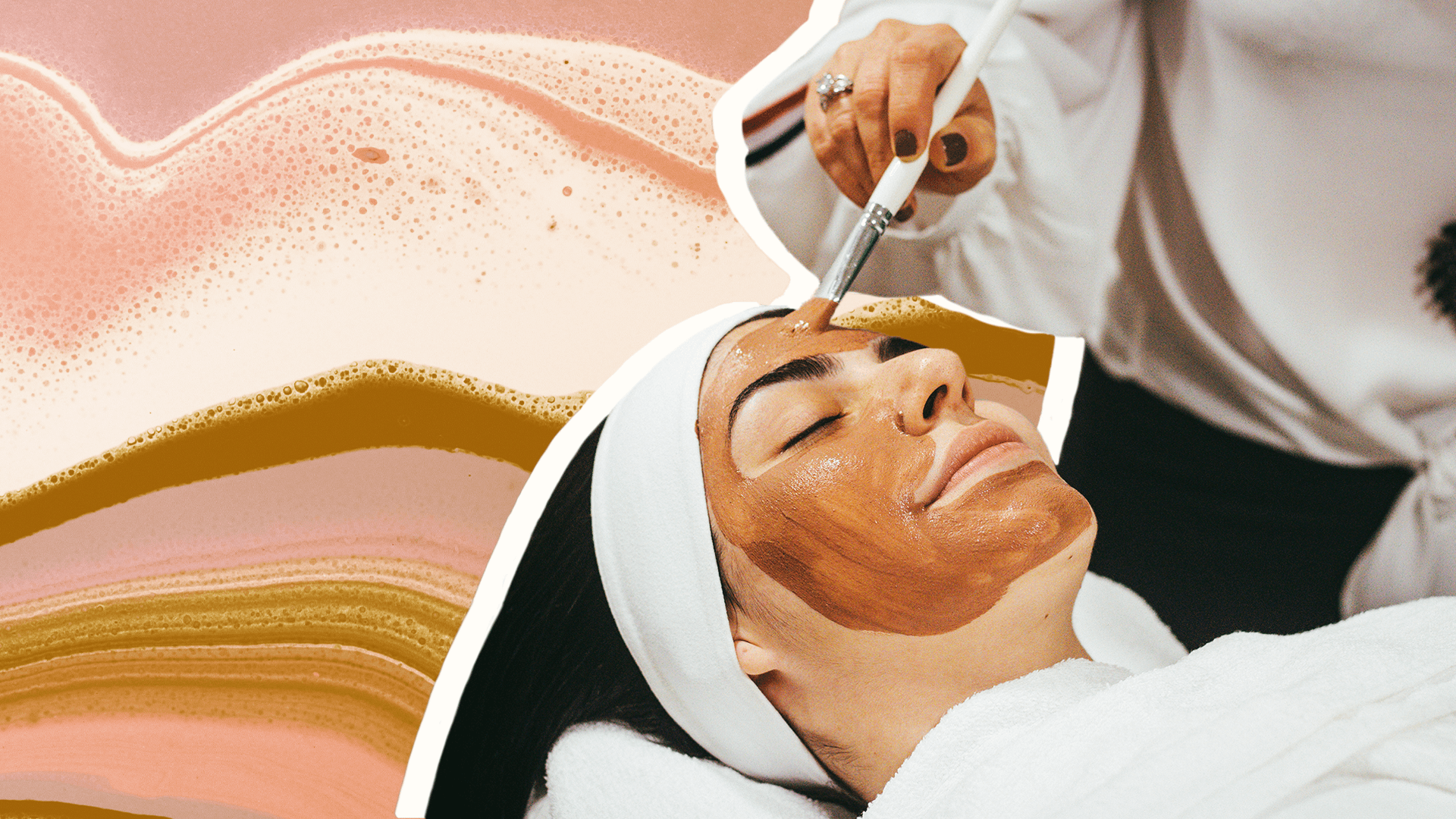When you look your best, you feel your best, and sometimes that involves a little tweaking. Our skin can naturally deteriorate over time, and while over-the-counter products, creams, and lotions can help, they often don’t make too much of a noticeable difference.
That’s where chemical peels come in. If you’re yearning for a more youthful appearance and want to gain back some of your confidence, this treatment may be the option for you. Chemical peels are fast growing in popularity. Many women favor their non-invasive approach over other treatments such as Botox that require more downtime and are a lot more costly.
What is a chemical peel?
A chemical peel is a simple skin-resurfacing procedure that can address many problems with your skin. Chemical peels are typically performed at a dermatologist’s office, but gentler variations can be done at home as a boost in between professional dermatological visits. During the procedure, chemicals are brushed across the facial skin, removing old skin cells and revealing the new cells underneath for a fresher, more youthful appearance.
Chemical peels are non-surgical, and their effects can be seen quickly, making them an efficient treatment for those looking for rapid results. Women receiving a peel will soon rediscover the natural firmness and smoothness of youth with a glowing complexion.
Natural ingredients are often used in the treatment, and the procedure encourages the rejuvenation of new cells while exfoliating the skin for a fresh and dewy appearance.
What are the benefits of chemical peels?
Just some of the benefits include:
● Reducing fine lines and wrinkles
● Reducing age spots and discoloration
● Smoothing out scars
● Reducing acne
● Evening skin tone
● Creating a natural glow
● Nourishing the skin with moisture
● Enhancing skin’s firmness
● Softening facial creases by reversing the effects of gravity
There are many skin issues that chemical peels can fix — no matter your age. Facial abrasions, wrinkles, and lines are all concerns resulting from the skin’s natural elasticity deteriorating. Repeated facial movements, frowning, and even smiling can all contribute to deterioration. You can lessen the appearance of these skin issues with regular chemical peels every four to six weeks. If you suffer from acne, however, you can visit the dermatologist more frequently every two weeks until you achieve your desired results.
What are the types of chemical peel?
There are three main types of chemical peels, and the type you choose depends on the extent of the skin damage you are looking to repair.
The three types of chemical peel include:
- Superficial peel – Superficial chemical peels are recommended when issues are affecting only the top layer of the skin, such as acne, fine lines and wrinkles, and uneven skin tone.
- Medium peel – Medium chemical peels are recommended for fine lines and wrinkles, minor hyperpigmentation, and minor acne scars.
- Deep peel – Deep chemical peels are used in more specialist cases to remove the skin cells even deeper. Deep chemical peels are used in the treatment of deeper wrinkles, scars or precancerous growths.
Are there any adverse side effects to chemical peels?
As with any chemical procedure, there is always the risk of side effects. These may include skin redness, dryness, slight swelling and a stinging sensation. Chemical peels are generally very safe, and while extremely rare, infection or scarring could occur as a result of a chemical peel, but it is unlikely.
Have you tried a chemical peel before? Let us know in the comments below.


